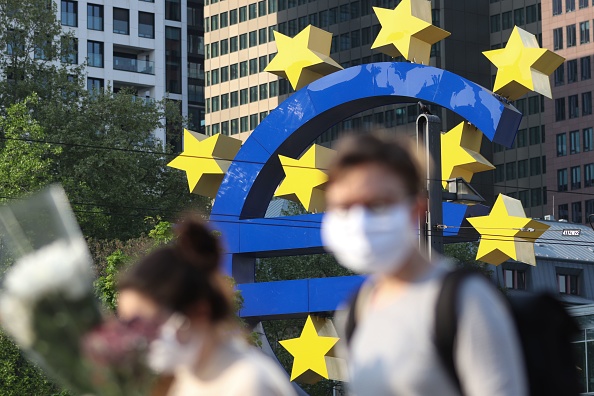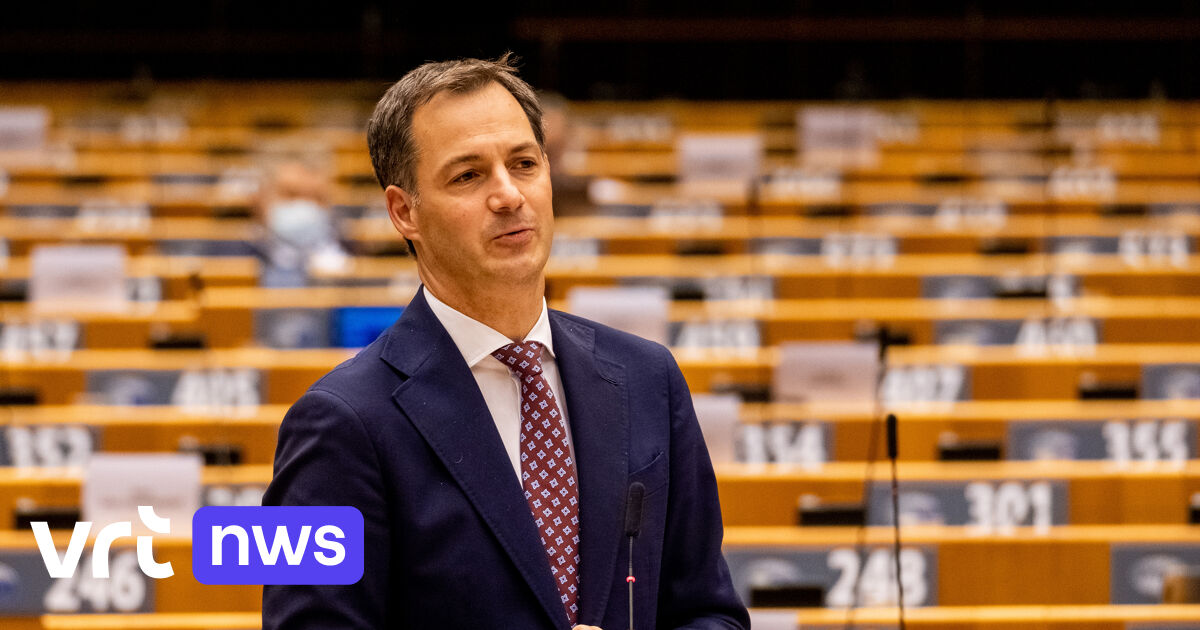–
Already underway in countries like France, which is registering infections back to March-April levels, a new wave of Covid-19 infections is shaking the world and even the markets are watching the daily developments of the infections with growing apprehension. If in the next winter the Coronavirus were to really present itself with the same virulence as the first wave, the number of cases surveyed would be much higher this time, so much so that it is difficult for governments not to restore those generalized lockdowns that they have firmly promised to avoid. So if Joe Biden were to enter the White House, he would find it difficult not to at least partially close the economy after harshly criticizing Trump for closing it too little.
What are the implications for the markets of a new lockdown? He tries to point them out Alessandro Fugnoli, strategist in Cairo, according to which in fact the markets are navigating on sight without pricing the risks for a winter that still appears distant. None of the macro forecasts in circulation take into account the possible impact of a new total block. All estimates, in fact, assume a gradual and regular recovery, quarter after quarter. “This is understandable – asserts Fugnoli -. Since no one can predict how the virus will change and how the pandemic will evolve, no hypothesis has been loaded into the models. The markets have done the same ”.
Lockdown 2.0 and the possible counter-moves to be fed to the markets
The Kairos expert wonders if, in the worst scenario of a genuine second wave, there are still policy tools to support economies and markets with the same effectiveness we have seen so far. The answer, says Fugnoli, is fortunately largely positive, but there are some important caveats.
Starting from monetary policy, theexpansion of Qe is always possible and it would then be particularly effective, seen by the markets, if at some point it should lead to aRegular purchases of equity securities by the Fed and the ECB. There is the precedent of the Bank of Japan which has been buying Japanese shares for years, while the Swiss National Bank prints francs to buy American shares, in particular technological ones, on which it has accumulated large capital gains. “In America and Europe, however, such operations would lend themselves, in the current climate, to the accusation of subsidizing the rich. The accusation could theoretically be circumvented if the Fed and the ECB bought, as Switzerland does, foreign equities. In this case, the declared objective would not be support for stock exchanges but the weakening of the national currency ”, remarks Fugnoli.
Moving on to the drop in rates also of a one, two, three points below zero, the timing of a measure of this type should be well balanced. “Presenting it as short-lived would risk making it ineffective, keeping it for a long time would produce increasing side effects,” says Fugnoli. Even simpler, it would be to act on the fiscal level, spending another 10-20 points of GDP financed by central banks. “As you can see, the ammunition available in the event of the second wave are powerful and numerous” concludes the expert according to which, however, “they will not avoid waves of failures in the most exposed and subsequent repercussions on bank accounts, but they will support the core of economies and markets ”.
–


